Saga Museum, Reykjavik
Reykjavik’s Saga Museum brings visitors close to Icelandic history by recreating key moments from the famous sagas and beyond. The result occasionally feels a little on the bloodthirsty side, but is nonetheless good fun.
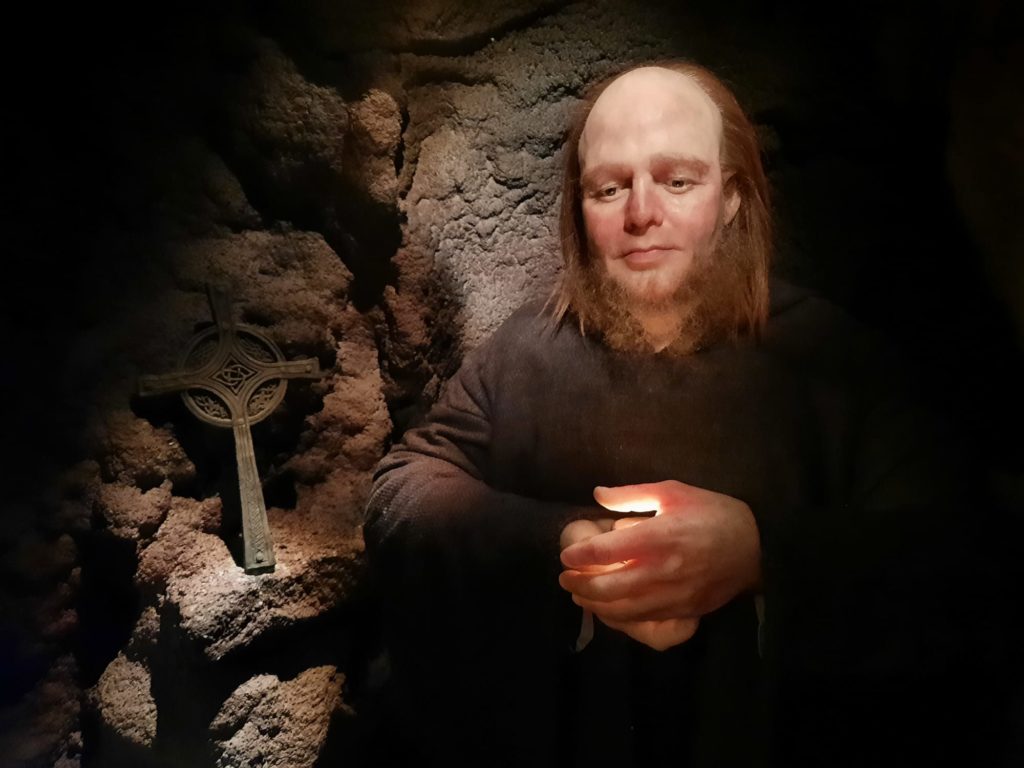
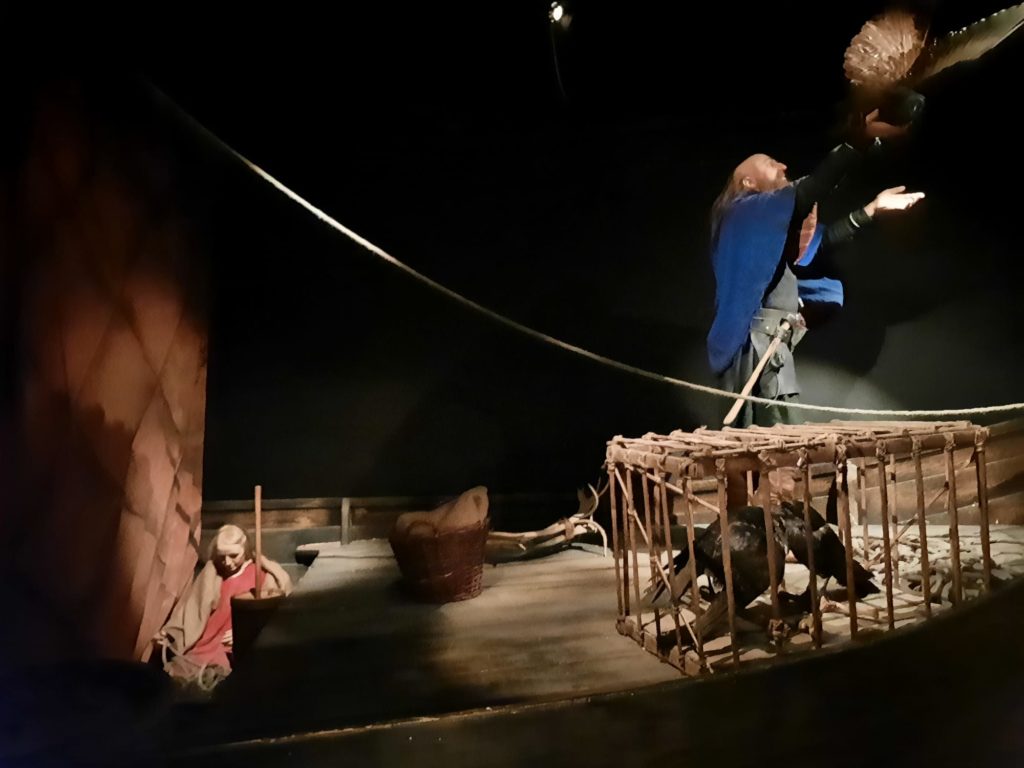
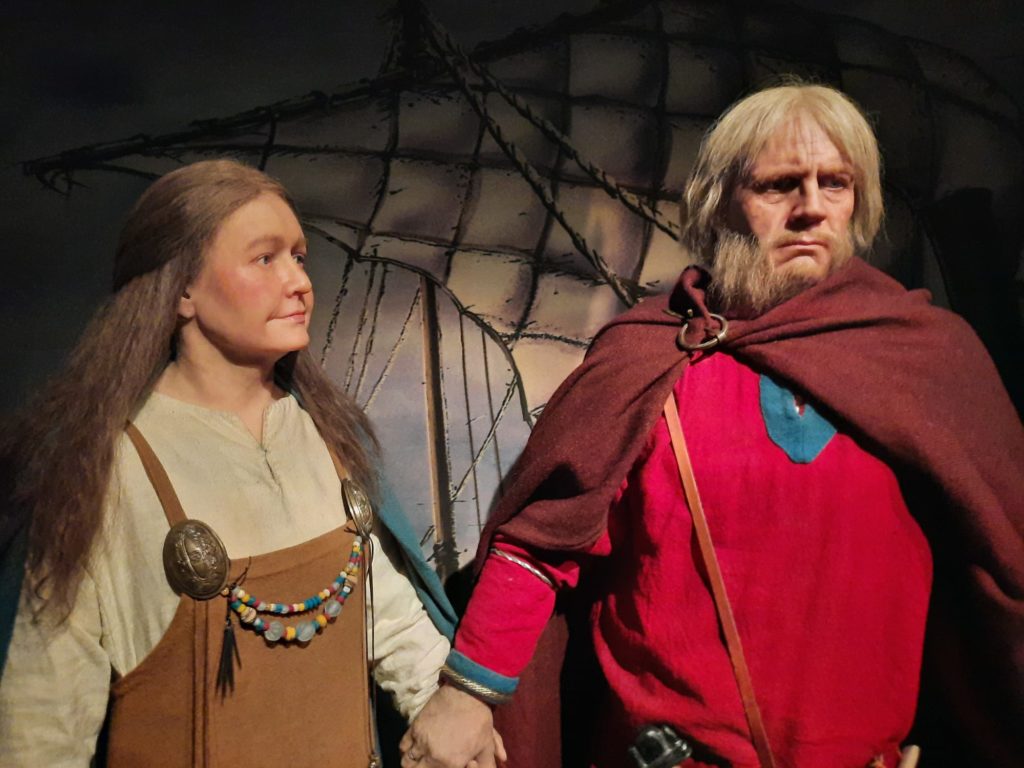
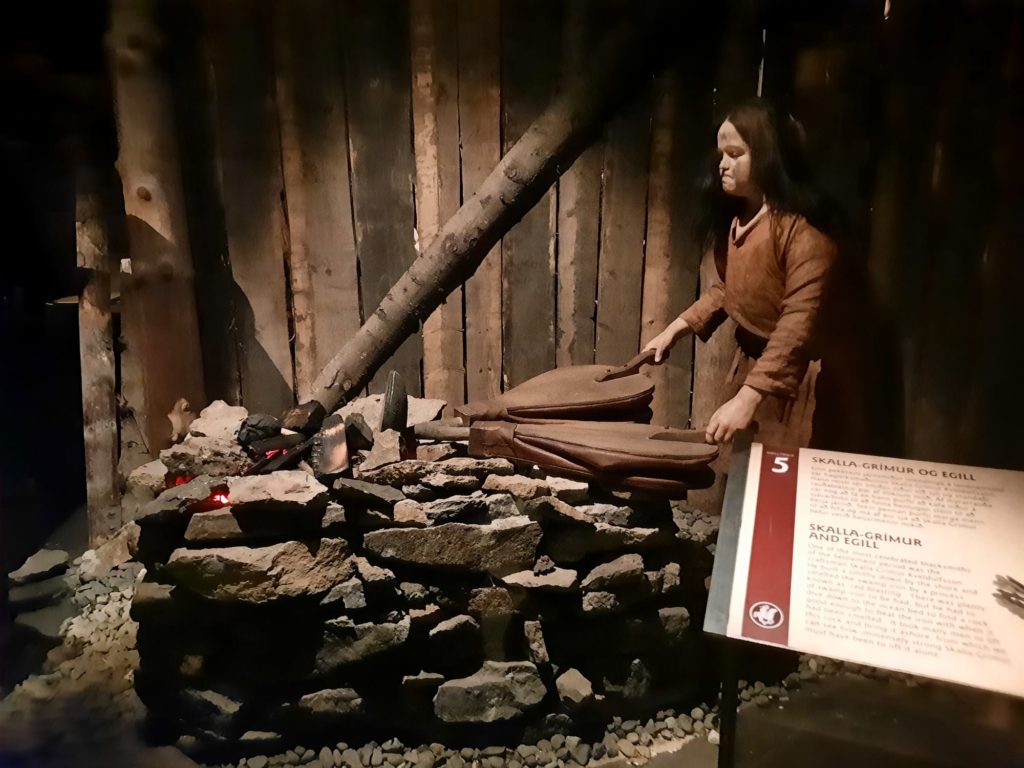
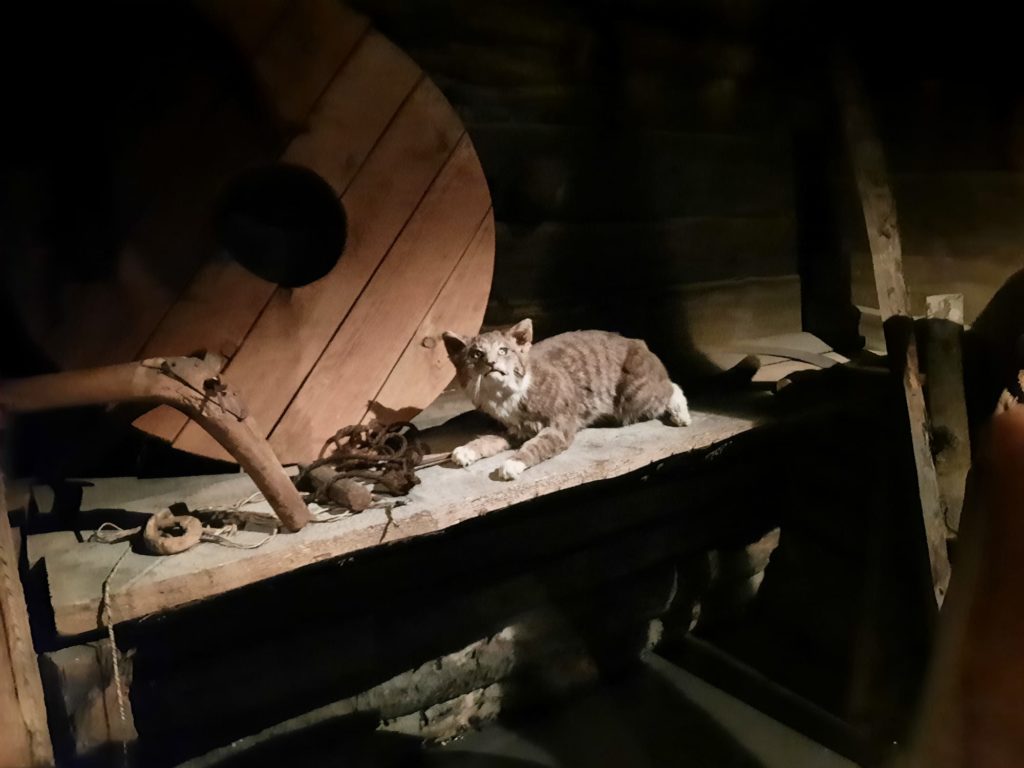
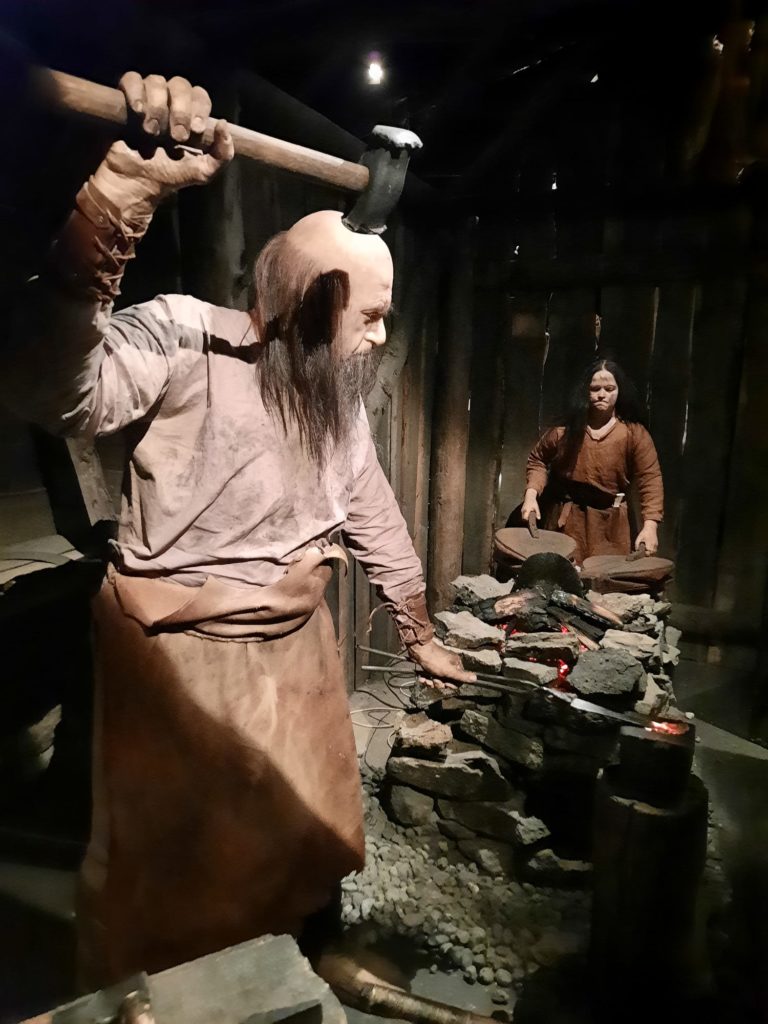
The Saga Museum
I had this museum on my list as a ‘strong maybe’ while I was in Reykjavik. The Settlement Exhibition was at the top of the list, I had another few contenders, but wanted to see how things played out and how much time I had. Two things swung it in the favour of the Saga Museum in the end. Firstly it was literally a two-minute walk from my hotel. And one morning I woke up to heavy rain and needed a nearby activity so I could stay dry until it passed. Call it the stars aligning!
So off to the Saga Museum it was. There is really very little information online (that I could find) about its history. It seems to have been in its current location (a former fish factory) since 2014. I don’t know how much older it is than that but my sense is not that much. After some digging, I found it was the work of Ernst Backman. After seeing Madame Tussauds whilst on holiday, he thought he could do better. And I think he has! The 30 or so figures in the Saga Museum are moulds of real people, made in silicone. Every hair is added by hand, every article of clothing hand dyed and stitched. It’s a true labour of love, and so successful there is now a spin-off business, Saga Design, to make models for museums and exhibitions in Norway and the Faroe Islands among other clients. See a ‘making of’ video here.
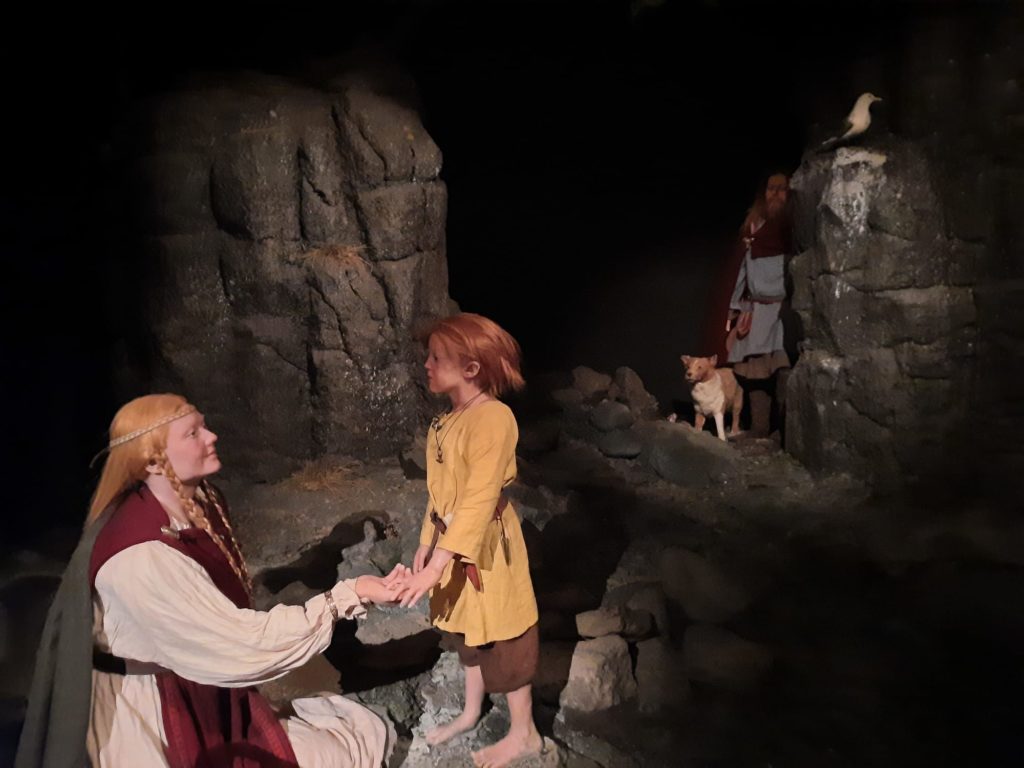
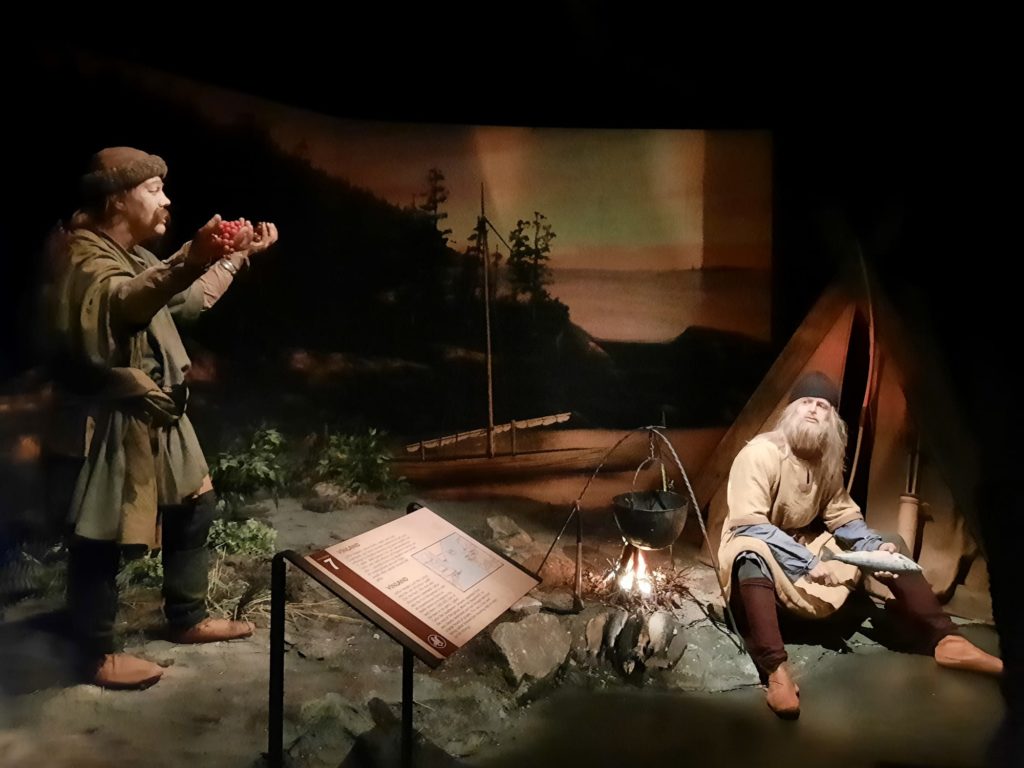
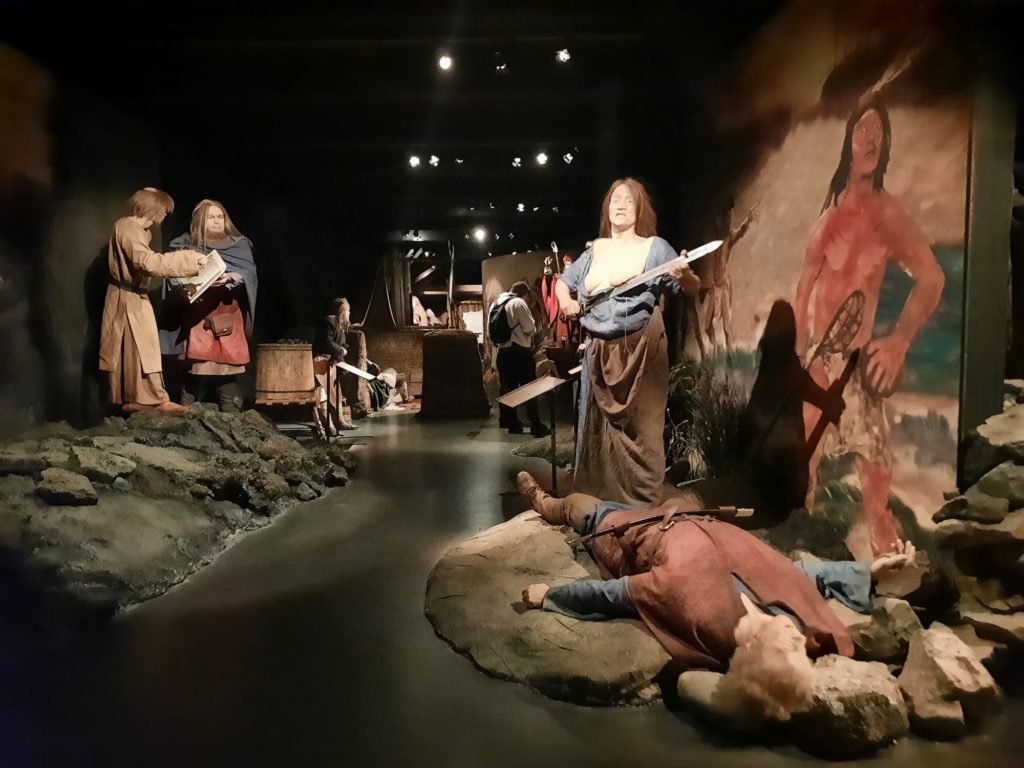
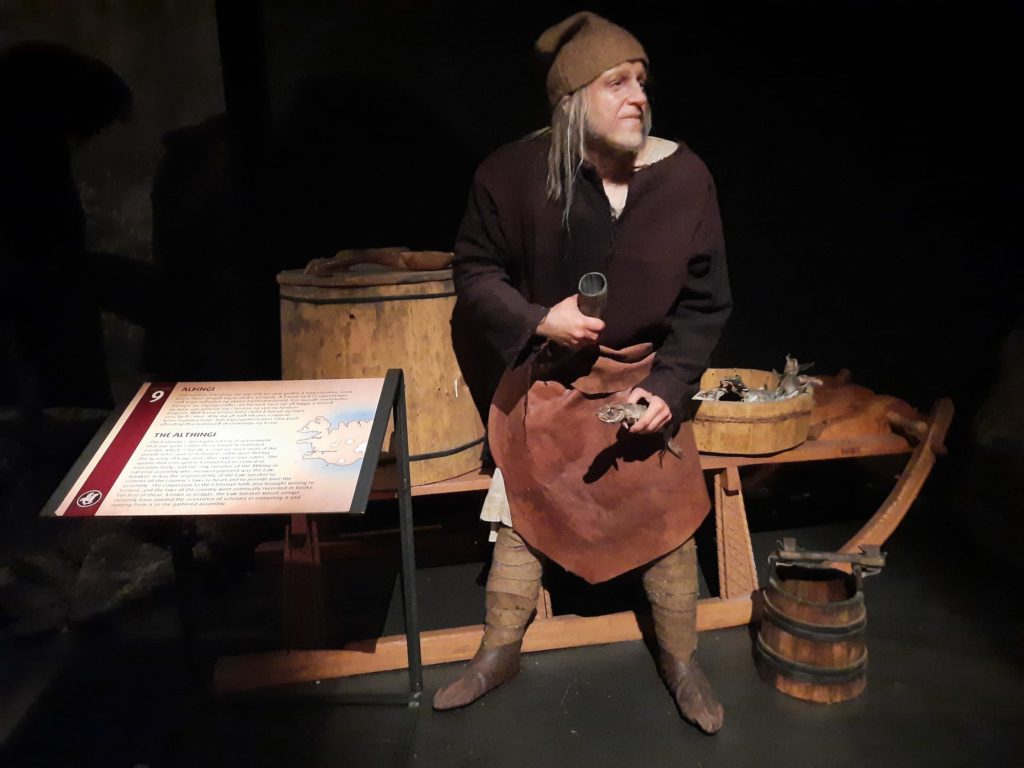
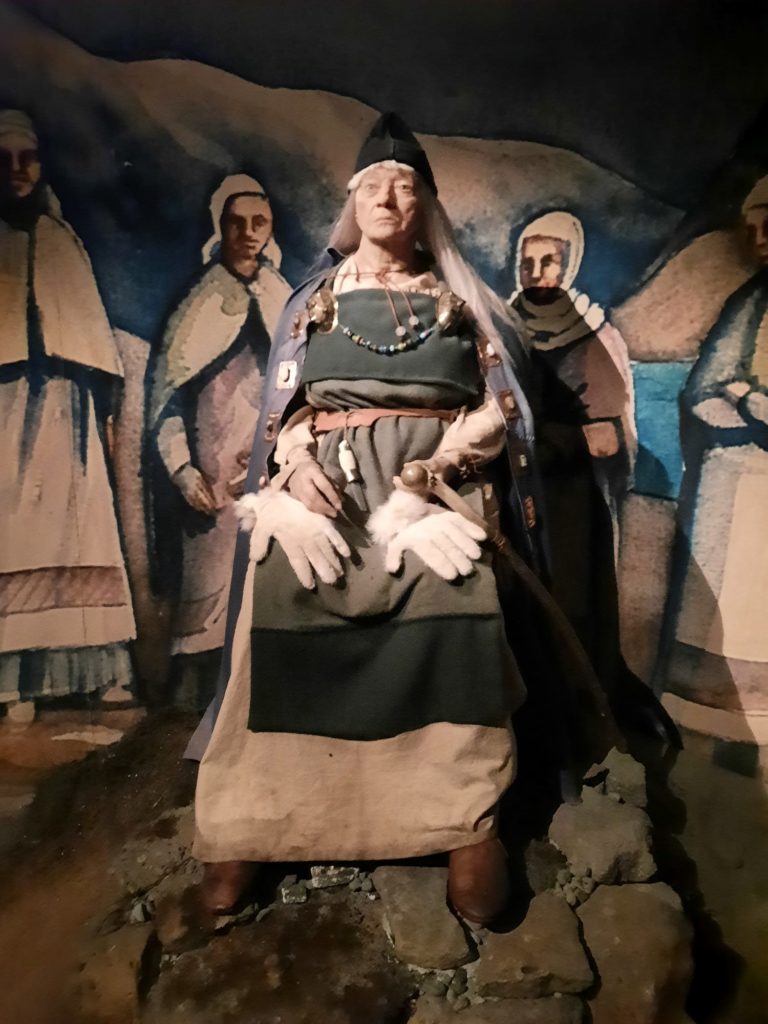
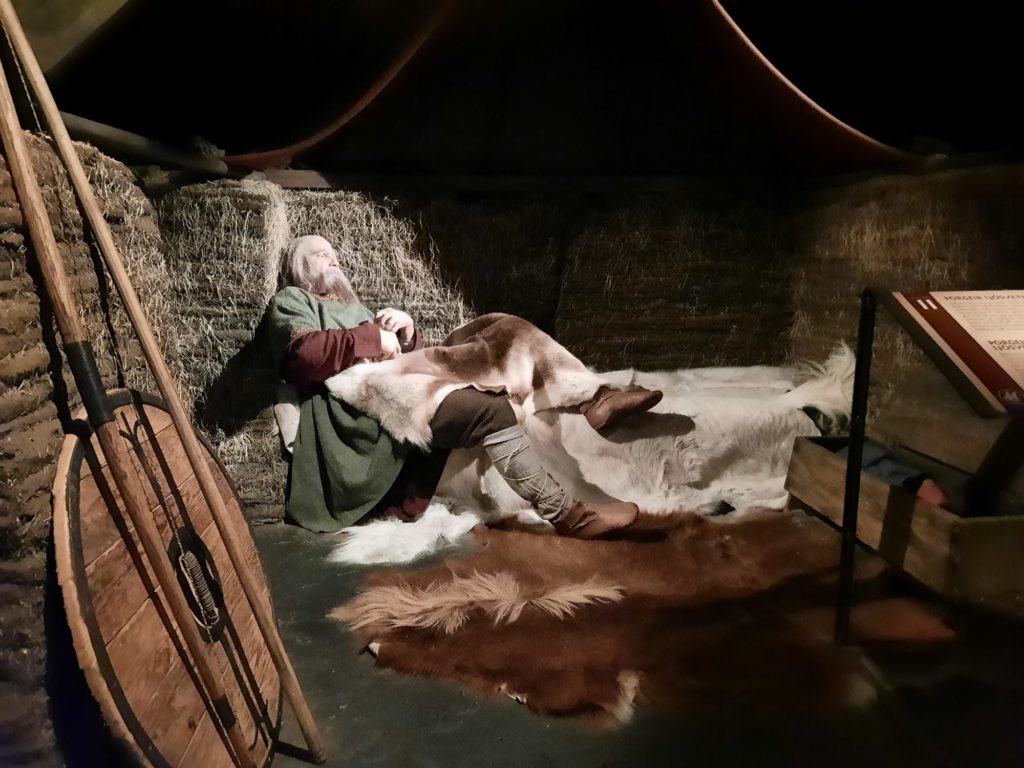
The Sagas of Icelanders
Before looking in depth at just what all these silicone figures are doing, let’s spend a moment on the Icelandic Sagas themselves. A key achievement in world literature, the sagas were passed down orally starting from the 9th to 11th Centuries, and written down around the 13th to 14th. Although this means they were recorded with the paternalistic tones of Christians writing about their pagan forebears, they are still an unparalleled source of information about early Scandinavian society and the settlement of Iceland.
At the time of visiting Iceland, I was struggling my way through an 800-page tome which collects together some of the best known. These are what are normally known as ‘family sagas’ or The Sagas of Icelanders. They tell the story of the people of a particular area (eg. a valley) over the generations. There’s an awful lot about inheritance, but you also get to know about marriage, hospitality and Viking raids. There is definitely a formula to them (which is how these long stories were memorised pre-writing) but some of the more interesting characters nonetheless stand out.
The Saga Museum depicts stories from the sagas in about 15 dioramas, using the aforementioned silicone figures. Or mostly from the sagas: the stories actually go right up to the Reformation. Of the earlier scenes, there were some I recognised from my bedtime reading. It’s essentially a selection of key moments: the first settler in Iceland, the expedition to Vinland (North America), etc. With a few explanatory scenes thrown in like the Althing (parliament). Hundreds of years of history in just a few short scenes!
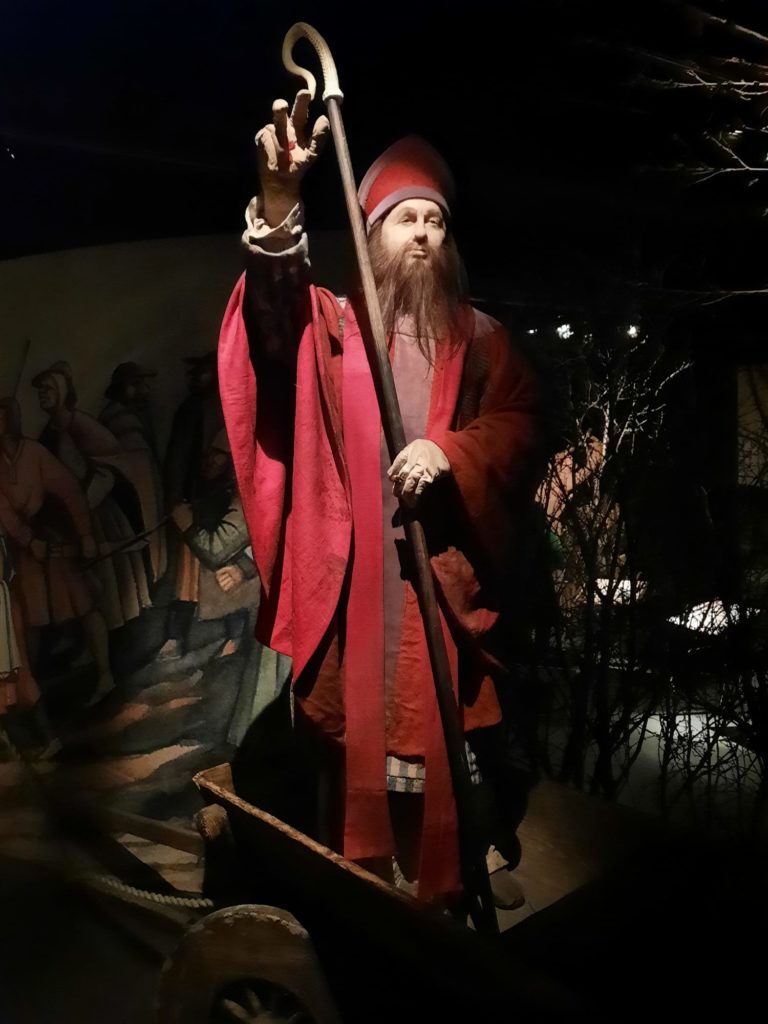
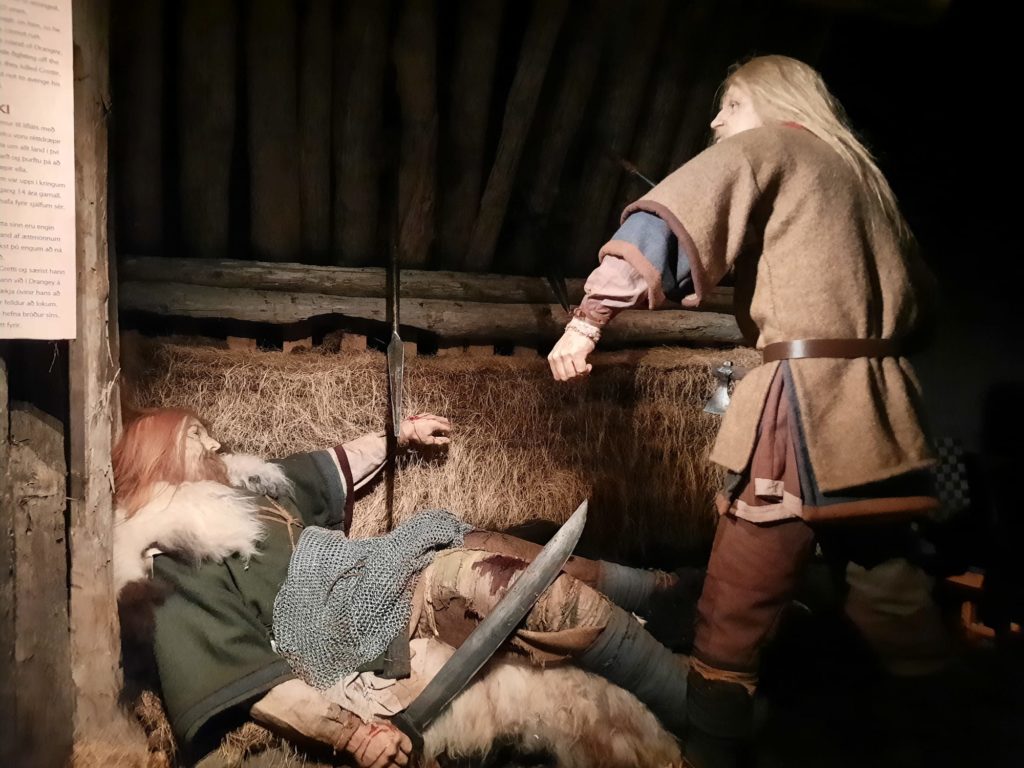
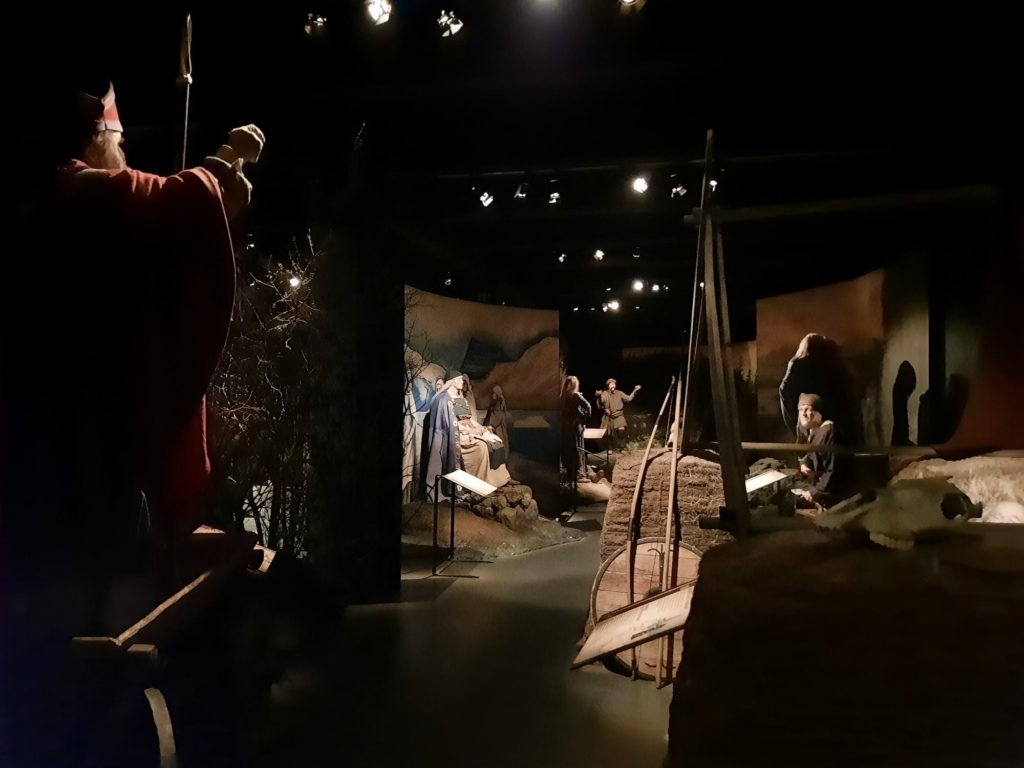
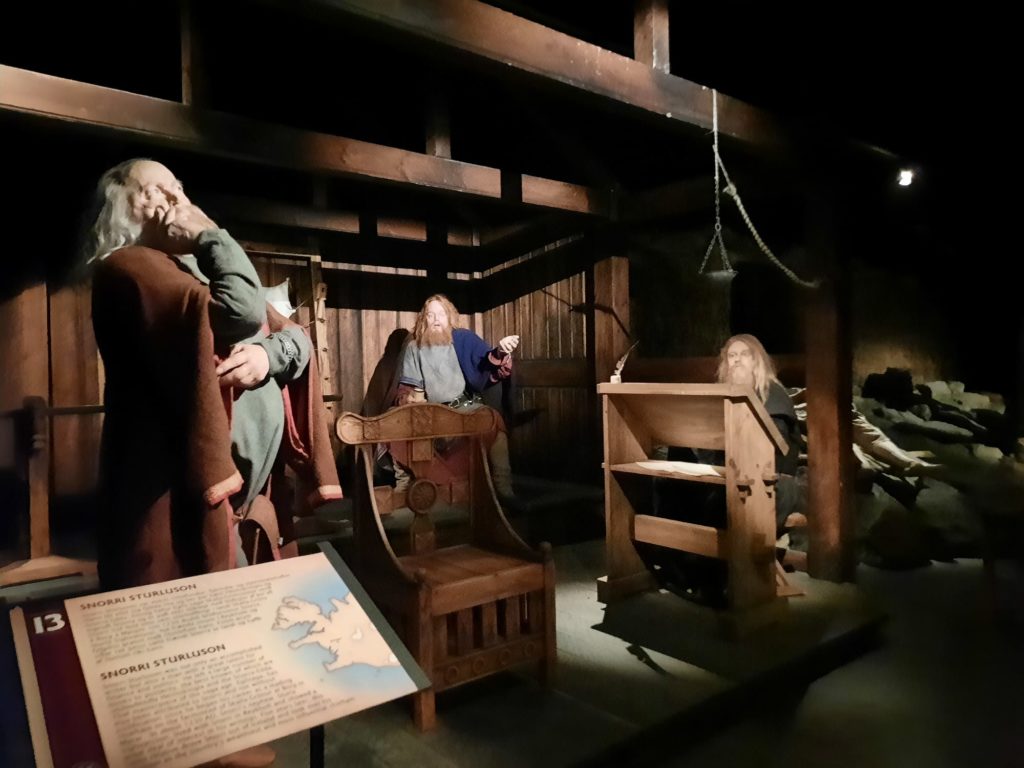
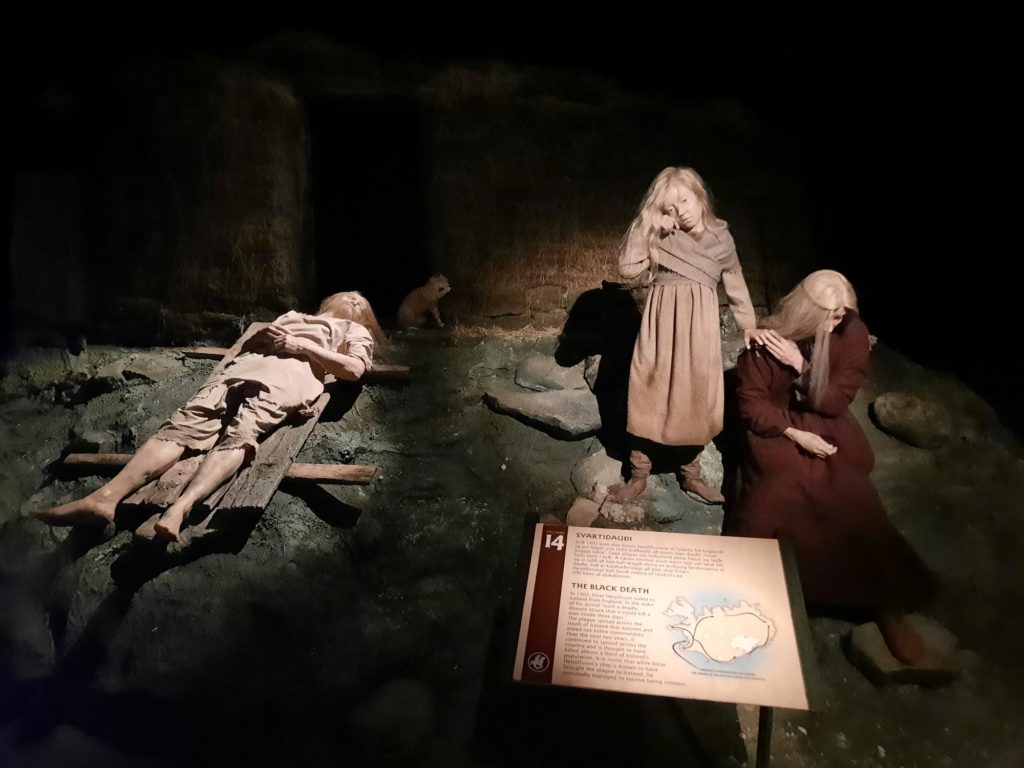
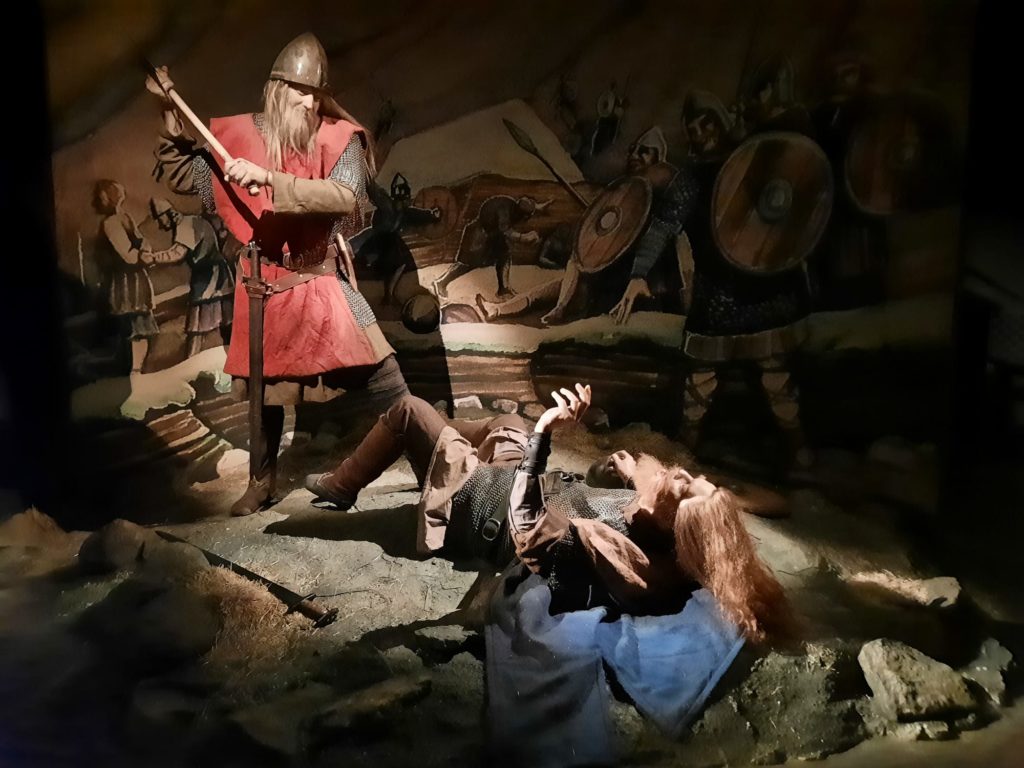
Visiting The Saga Museum
The Saga Museum is a pleasant 30 minutes or so to visit. Visitors receive an audio guide, and move around the scenes as the tracks play. Despite the rainy weather (perfect for museums) I almost had the place to myself on a Saturday morning so could take my time, going back to a few scenes when I realised my attention had waned.
What is immediately apparent is the authenticity of the models. I hadn’t watched the ‘making of’ video at that point, but could tell that they were based on real people. I even had the sense that the clothes were true to life, as turned out to be the case. The majority of the objects in the scenes are also authentic (down to a taxidermied cat). And there are small details which help the museum in its aim of being immersive: smoke rising from a forge, for instance. Or even a small wire which keeps a hanged man swinging from his gibbet…
Something I was a little perturbed by was the selection of the latter scenes. The first half to two-thirds are definitely all from the sagas. The latter ones are a bit later in history, and tend to be a little bloodthirsty. There’s the Black Death (or some other plague). A witch burning. The hanged man I mentioned. A Reformation-related beheading. After starting out more gently, it feels like a Chamber of Horrors towards the end. Surely not everything in Icelandic history was quite so bloody?
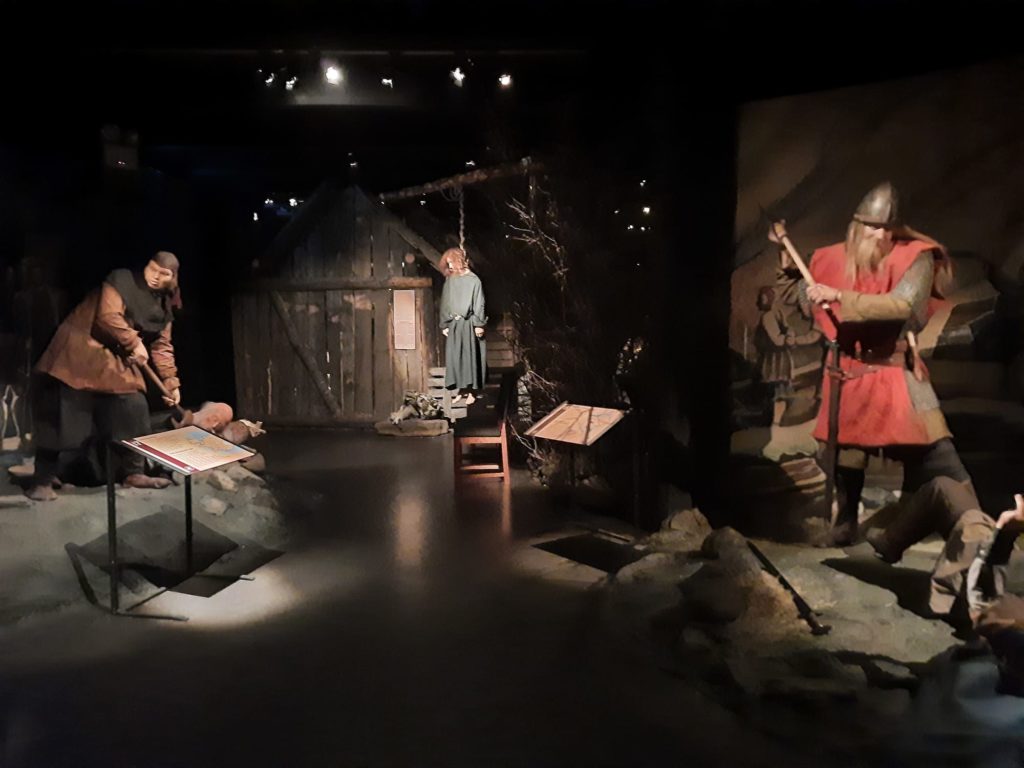
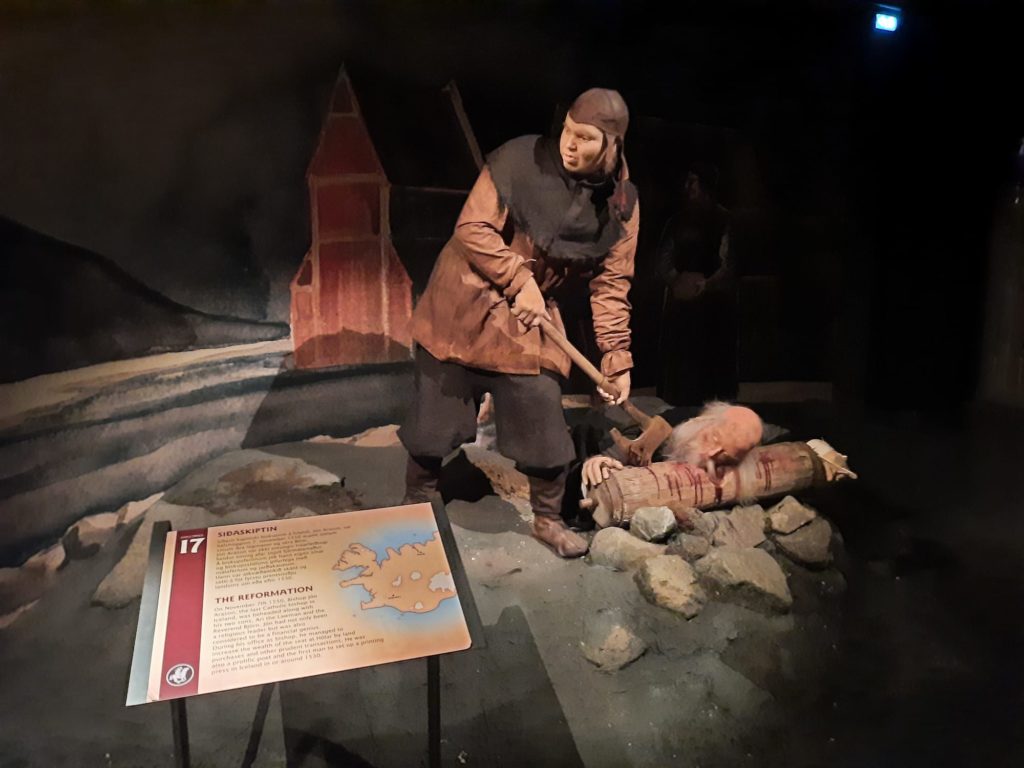
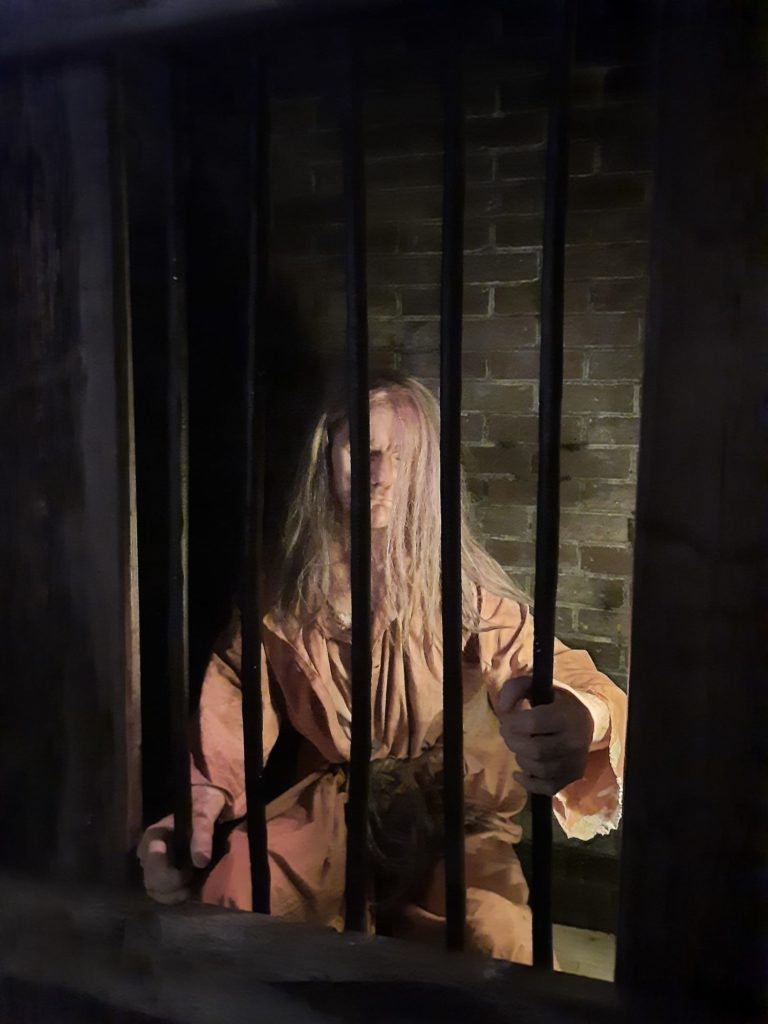
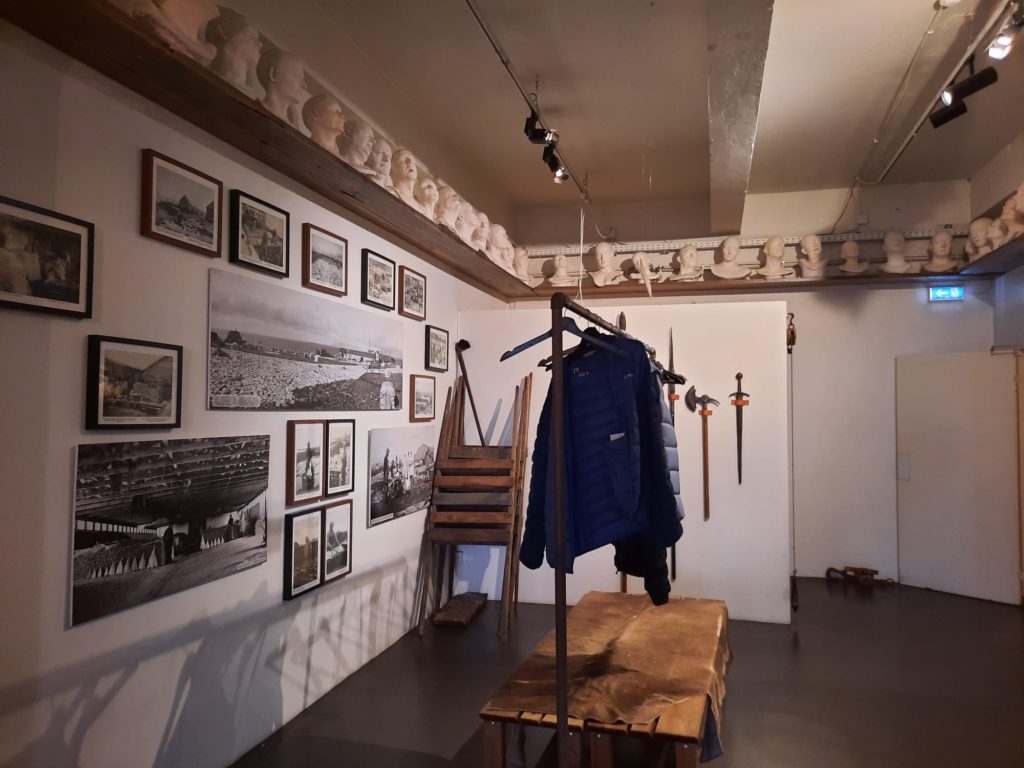
Final Thoughts
I enjoyed the Saga Museum, perhaps more than I thought I was going to. It’s definitely a commercial enterprise, but the quality of the installations elevates it out of being silly (as dioramas can sometimes be) and into something more compelling. It is a good choice for families, especially with a Viking dress up opportunity at the end, but also for solo travellers with an interest in history.
The Saga Museum is in Grandi near Reykjavik’s harbour (hence the former fish factory). The Maritime Museum is close by, as well as some other commercial visitor experiences like Aurora Reykjavik. It’s also in the same building as a top local restaurant, Matur og Drykkur. Plan ahead if you wish to combine the two: I returned one evening but there were no tables available.
In the end I think the opinion I had pre-formed about the Saga Museum was biased, fed by images of Madame Tussauds which Backman was entirely successful in surpassing. It deserved to be more than a rain-proof stop on my itinerary, although I’m glad that there was some reason for me to stop by and meet characters from the sagas face to face.
Salterton Arts Review’s rating: 3.5/5
Trending
If you see this after your page is loaded completely, leafletJS files are missing.

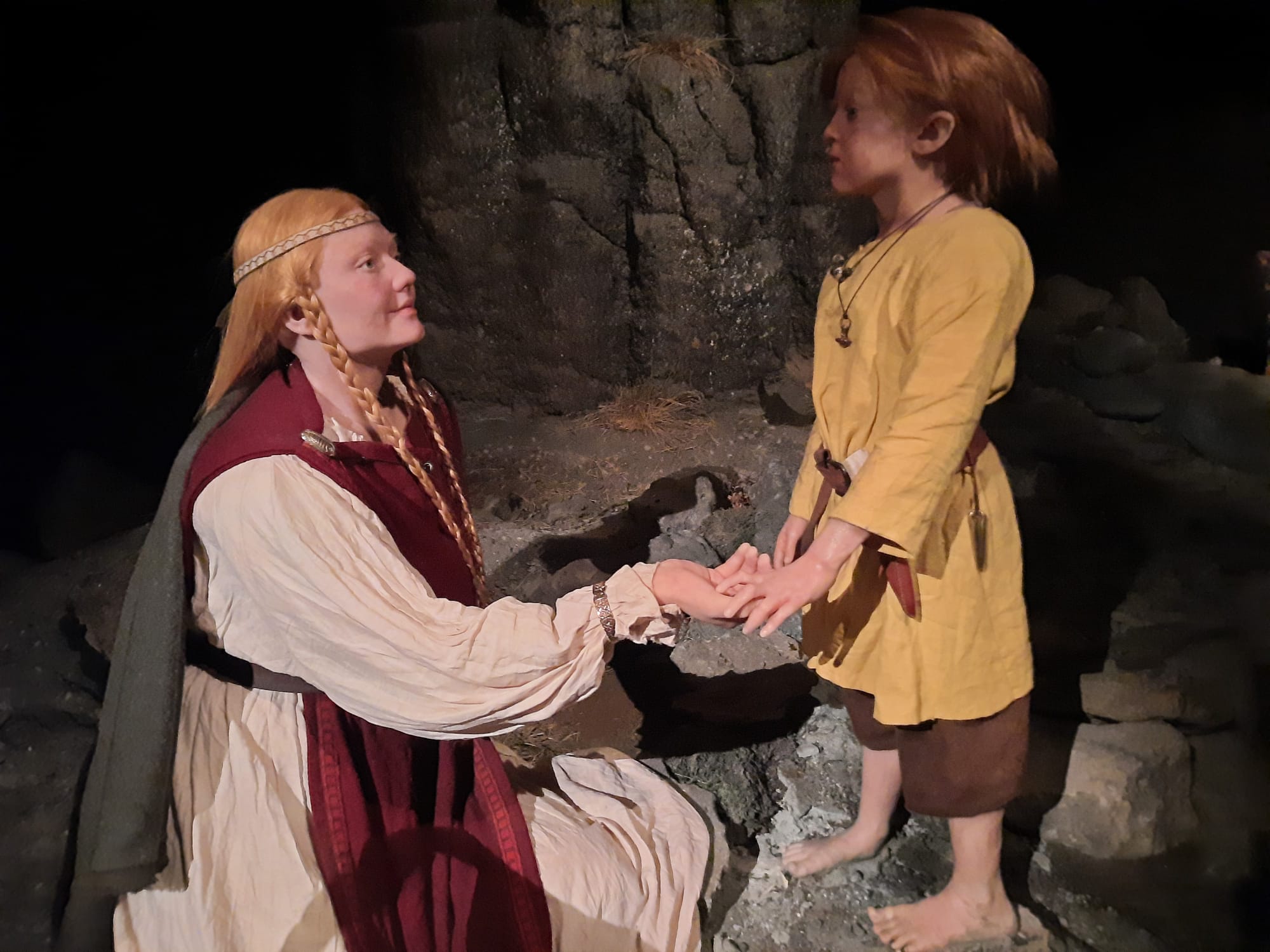
One thought on “Saga Museum, Reykjavik”